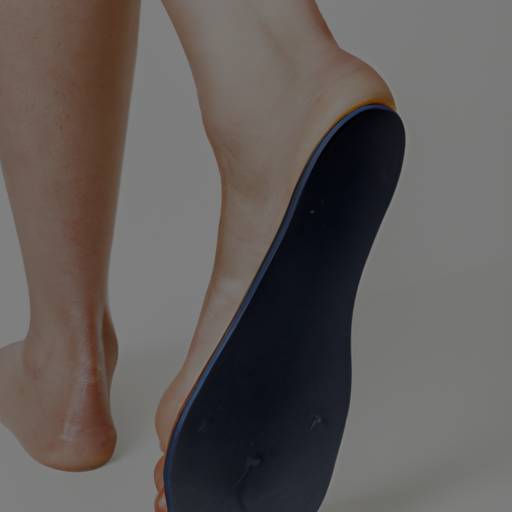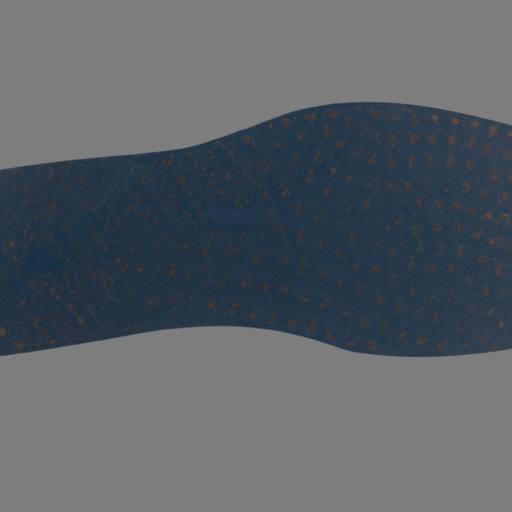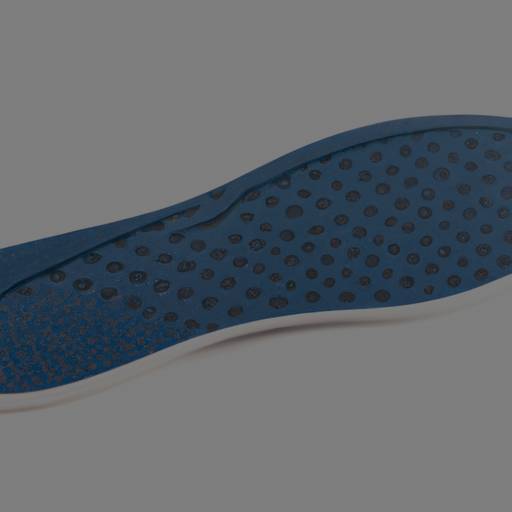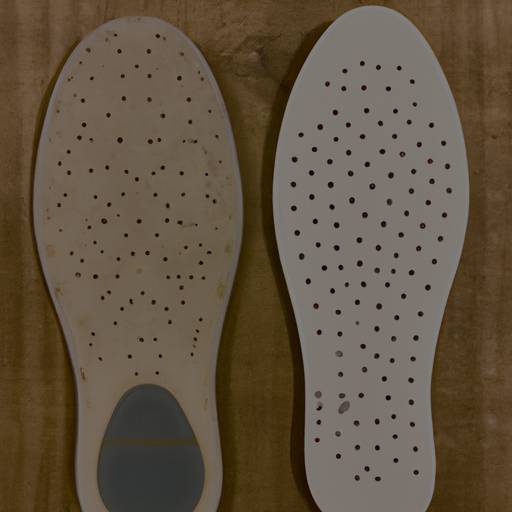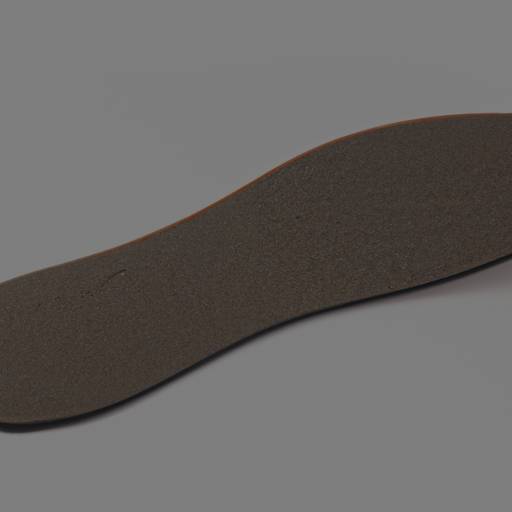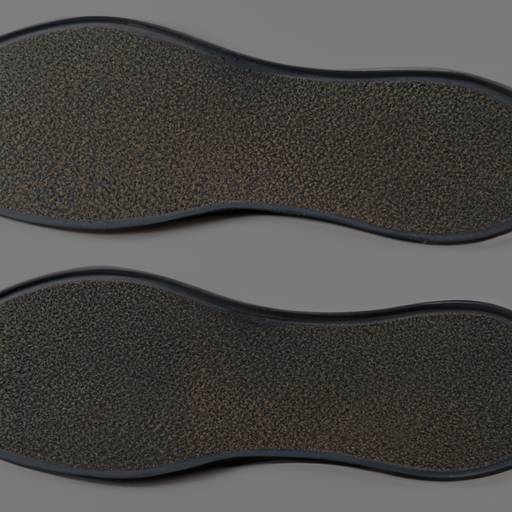The Importance of Arch Support: Avoiding the Consequences of Neglecting Orthotics
The Importance of Arch Support
Arch support plays a fundamental role in maintaining the health and stability of our feet. Understanding the significance of arch support and the consequences of neglecting it is essential for avoiding potential foot problems.
Understanding the Role of Arch Support
Arch support refers to the structure and cushioning provided to the arch of the foot, which is the curved area between the heel and the ball of the foot. The arches of our feet act as shock absorbers, distributing the weight of our body evenly across the foot and helping to maintain balance and stability.
Arch support helps to maintain the natural alignment of the foot, preventing excessive pronation (inward rolling) or supination (outward rolling) of the foot during movement. By providing support to the arch, it helps to alleviate stress on the muscles, tendons, and ligaments in the foot, reducing the risk of strain and injury.
Consequences of Neglecting Arch Support
Neglecting proper arch support can lead to a range of foot problems. Here are some common consequences:
Plantar Fasciitis
Plantar fasciitis is a painful condition characterized by inflammation of the plantar fascia, a thick band of tissue that runs along the bottom of the foot. Insufficient arch support can contribute to the development of plantar fasciitis, causing heel pain and discomfort.
Flat Feet
Flat feet, also known as fallen arches, occur when the arches of the feet collapse or are significantly flattened. Inadequate arch support can contribute to the development of flat feet, leading to foot pain, fatigue, and potential alignment issues.
Overpronation
Overpronation refers to excessive inward rolling of the foot during walking or running. Without proper arch support, the foot’s arch may collapse, causing the ankle to roll inward excessively. Over time, this can lead to imbalances, instability, and increased risk of injuries such as shin splints and stress fractures.
High Arches
While high arches may not seem problematic, they can cause issues if not properly supported. Without adequate arch support, high arches may not distribute weight evenly, leading to excessive pressure on certain areas of the foot. This can result in foot pain, instability, and an increased risk of conditions such as ankle sprains.
By recognizing the importance of arch support and understanding the potential consequences of neglecting it, you can take proactive steps to support your feet and maintain their health. Choosing the right orthotics and implementing proper foot care practices, such as regular foot exercises and wearing supportive footwear, can go a long way in promoting foot health and preventing discomfort and injuries.
Common Foot Problems
Having a good understanding of common foot problems is essential when it comes to recognizing the importance of arch support and orthotics. Here are a few foot problems that can arise when the arches lack adequate support:
Plantar Fasciitis
Plantar fasciitis is a condition characterized by inflammation and pain in the plantar fascia, a thick band of tissue that runs along the bottom of the foot. It is often caused by excessive strain on the arches due to activities like running, standing for long periods, or wearing improper footwear. Arch support can help alleviate the symptoms of plantar fasciitis by providing stability and reducing the strain on the plantar fascia.
Flat Feet
Flat feet, also known as fallen arches, occur when the arches of the feet collapse, causing the entire sole to make contact with the ground. This can lead to various issues, including foot pain, instability, and an altered gait. Arch support insoles can help provide the necessary support and alignment for individuals with flat feet, reducing discomfort and improving overall foot function.
Overpronation
Overpronation refers to excessive inward rolling of the foot during walking or running. It commonly occurs in individuals with low arches or flat feet. Overpronation can contribute to various foot problems including plantar fasciitis, shin splints, and Achilles tendonitis. Arch support can help control pronation, providing stability and preventing excessive foot motion.
High Arches
While high arches may seem desirable, they can also pose challenges. High arches, also known as cavus foot, have an exaggerated arch curve, causing more pressure to be placed on the heel and ball of the foot. This can result in foot pain, instability, and an increased risk of conditions such as stress fractures and ankle sprains. Arch support insoles designed specifically for high arches can help distribute weight more evenly and provide cushioning for better shock absorption.
Recognizing these common foot problems and understanding the role of arch support is crucial in preventing and alleviating discomfort. By addressing the underlying issues with proper arch support and orthotics, individuals can improve their foot health and overall well-being.
How Arch Support Helps
Arch support plays a crucial role in maintaining the health and well-being of your feet. By providing the necessary support and stability, arch support helps to alleviate various foot problems and promote overall comfort. Let’s explore how arch support helps in three key ways: proper alignment and stability, shock absorption, and pressure distribution.
Proper Alignment and Stability
Arch support aids in maintaining proper alignment of the feet, promoting optimal posture and balance. When the arches of the feet are properly supported, it helps to distribute the weight evenly across the feet, reducing stress on certain areas. This can help alleviate discomfort and prevent the development of foot conditions such as plantar fasciitis, flat feet, overpronation, and high arches. To learn more about these common foot problems, refer to our articles on plantar fasciitis, flat feet, overpronation, and high arches.
Shock Absorption
Arch support is designed to absorb shock and reduce the impact on your feet during daily activities. When you walk, run, or engage in any physical activity, your feet experience considerable stress and pressure. Arch support helps to cushion the impact and distribute the forces evenly, minimizing the strain on your feet and lower limbs. This can help prevent injuries, such as stress fractures and joint pain. Choosing the right orthotics with adequate shock absorption properties is essential for maintaining foot health and comfort.
Pressure Distribution
Another important benefit of arch support is its ability to distribute pressure evenly across the feet. When the arches are properly supported, the pressure is dispersed more evenly across the entire foot, reducing the strain on specific areas. This can alleviate discomfort and prevent the development of conditions like bunions, corns, and calluses. By promoting pressure distribution, arch support allows for a more comfortable and pain-free walking experience.
When it comes to choosing the right orthotics with proper arch support, it’s important to consider factors such as foot shape, arch type, and personal comfort preferences. Custom orthotics offer a tailored solution based on your specific foot needs, while over-the-counter options provide a more affordable and readily available alternative. For more guidance on selecting the right orthotics, refer to our article on how to pick insoles.
By understanding the importance of arch support and how it contributes to foot health, you can make informed decisions when selecting the right orthotics. Remember to prioritize proper alignment, shock absorption, and pressure distribution to ensure the best possible support for your feet. Additionally, incorporating regular foot exercises and stretches, wearing supportive footwear, and listening to your body’s signals are essential steps in caring for your feet. For more tips on foot care, refer to our article on caring for your feet.
Choosing the Right Orthotics
When it comes to finding the right orthotics for your needs, there are two main options to consider: custom orthotics and over-the-counter options. Each has its own advantages and considerations. Let’s explore these options further.
Custom Orthotics vs. Over-the-Counter Options
Custom orthotics are specially designed and crafted to address the specific needs of an individual’s feet. They are typically prescribed by a podiatrist or foot specialist after a thorough examination and assessment of foot structure and gait. Custom orthotics provide a tailored fit and support that is unique to your feet, offering maximum comfort and alignment.
On the other hand, over-the-counter orthotics are readily available without a prescription and can be purchased from drugstores or online retailers. These pre-made insoles offer a more affordable and convenient option for individuals seeking additional support for their feet. While they may not provide the same level of customization as custom orthotics, they can still offer significant benefits for many people with mild to moderate foot issues.
Factors to Consider When Selecting Orthotics
When choosing orthotics, there are several factors to consider:
- Foot Condition: Identify your specific foot condition or concern. Are you looking for arch support, cushioning, or pain relief? Understanding your needs will help you narrow down your options.
- Foot Type: Consider your foot type, such as flat feet, high arches, or neutral arches. Different foot types may require different types of support. For example, individuals with flat feet may benefit from arch support, while those with high arches may require additional cushioning.
- Shoe Compatibility: Take into account the types of shoes you typically wear. Ensure that the orthotics you choose are compatible with your footwear, as some may be too bulky or not suitable for certain shoe styles.
- Comfort and Fit: Orthotics should feel comfortable and fit properly in your shoes. Look for options that offer a good balance of support and cushioning while aligning with the contours of your feet.
Getting Professional Advice
If you’re unsure about which orthotics to choose or if you have specific foot concerns, it’s always a good idea to seek professional advice from a podiatrist or foot specialist. They can provide a comprehensive assessment of your feet and recommend the most suitable orthotics based on your individual needs. Professional guidance can help ensure that you find the orthotics that will provide the best support and alleviate any foot discomfort or pain you may be experiencing.
Remember, finding the right orthotics is essential for maintaining proper foot alignment, reducing discomfort, and preventing potential foot problems. It’s worth investing time and effort into selecting orthotics that are appropriate for your unique needs.
Tips for Caring for Your Feet
Taking care of your feet is essential for maintaining their health and overall well-being. Whether you wear orthotics or not, incorporating these tips for foot care into your routine can help keep your feet happy and comfortable.
Regular Foot Exercises and Stretches
Performing foot exercises and stretches can help improve the strength and flexibility of your feet, reducing the risk of common foot problems. Simple exercises like toe curls, ankle rotations, and calf stretches can be done regularly to keep your feet in good shape. You can find more detailed exercises and stretches in our article on foot exercises and stretches.
Wearing Supportive Footwear
Choosing the right footwear is crucial for maintaining proper foot alignment and providing adequate support. Opt for shoes that have supportive features, such as arch support, cushioning, and a wide toe box. Look for reputable shoe brands that prioritize foot health. Our article on what shoe brands do podiatrists recommend can help you make an informed decision. Additionally, consider using insoles or inserts for extra support and cushioning. Memory foam insoles, for example, can provide additional comfort and shock absorption. Check out our article on memory foam insoles to learn more.
Listening to Your Body’s Signals
Your body often gives you signals when something isn’t right. Pay attention to any discomfort, pain, or changes in your feet. Ignoring these signals can lead to further complications. If you experience persistent pain or discomfort, it’s important to consult a healthcare professional, such as a podiatrist, for a proper diagnosis and treatment.
By incorporating these tips into your daily routine, you can promote foot health and prevent potential issues. Remember, foot care is a lifelong commitment, and taking care of your feet now can have long-term benefits.

